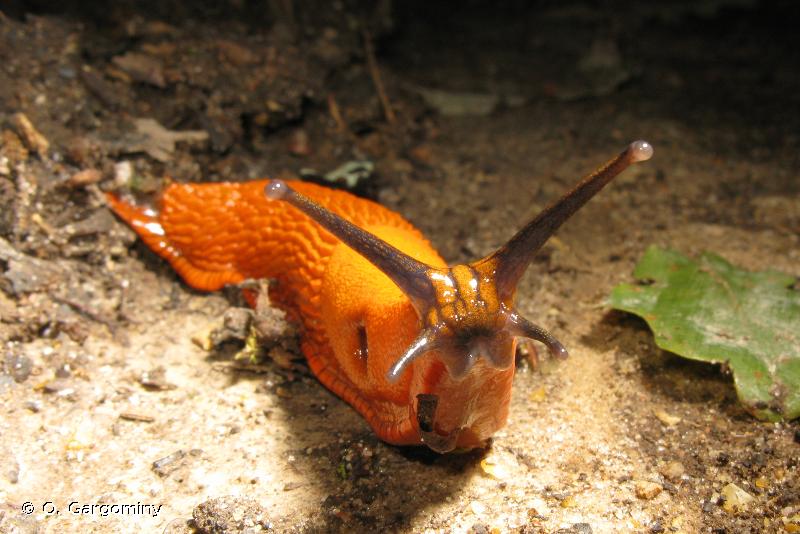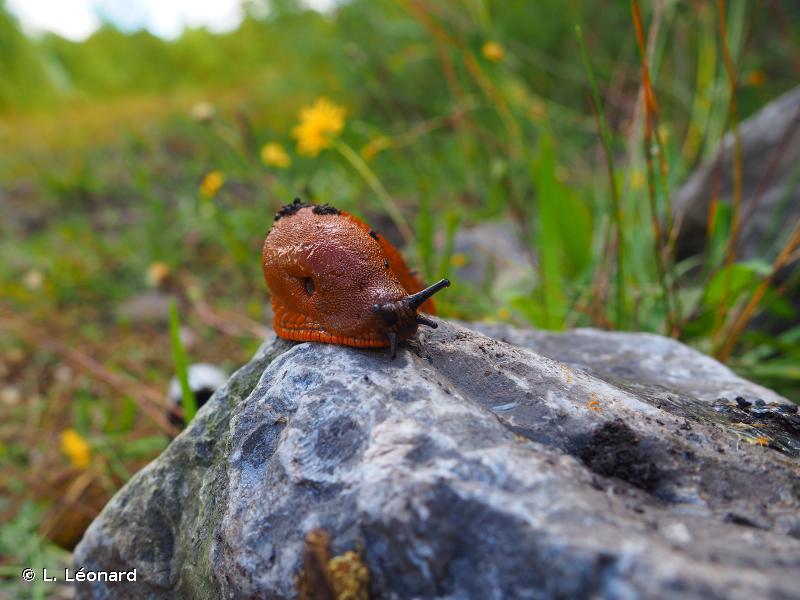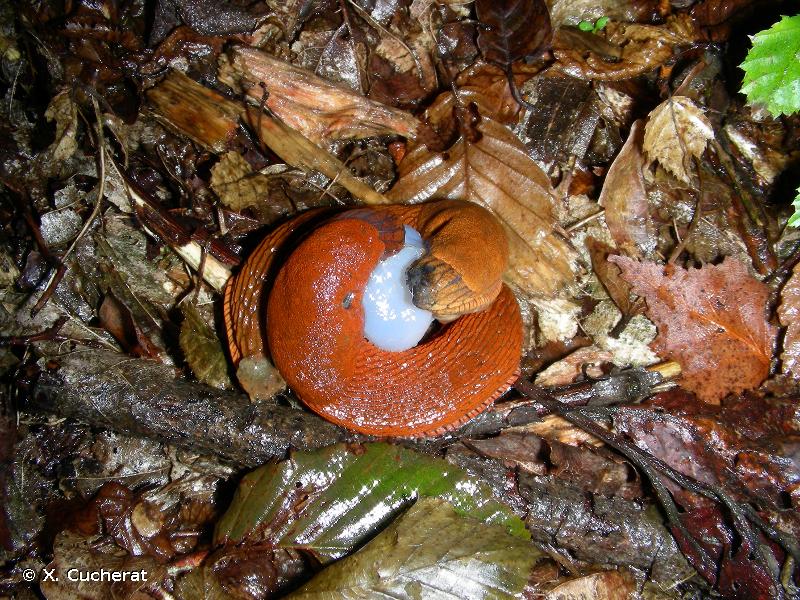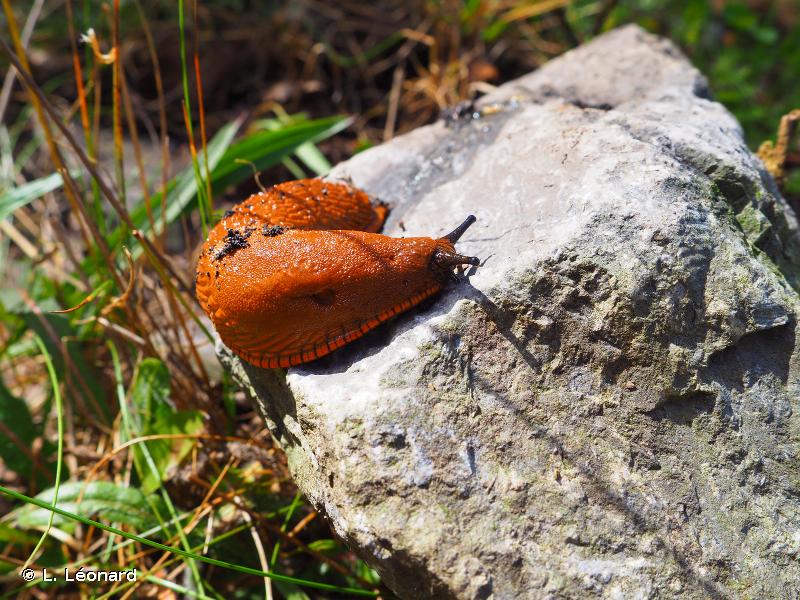
cd_nom

| Author : O. Gargominy |
 |
To get the picture, please visit:
Olivier Gargominy
email : inpn@mnhn.fr
Despite the Creative Commons license, please inform the author of the use which will be made of his photo

| Author : L. Léonard |
 |
To get the picture, please visit:
Lilian Léonard
email : lilian.leonard@mnhn.fr
Despite the Creative Commons license, please inform the author of the use which will be made of his photo

| Author : M. Giraud |
 |
To get the picture, please visit:
Marc GIRAUD
Adresse blog : http://lesanimauxdemarcgiraud.blogspot.fr/
Any reuse of one or more photographs on this site is subject to an authorization request from the author.
Link to the Code of Intellectual Property (Legifrance)

| Author : O. Gargominy |
 |
To get the picture, please visit:
Olivier Gargominy
email : inpn@mnhn.fr
Despite the Creative Commons license, please inform the author of the use which will be made of his photo

| Author : X. Cucherat |
 |
To get the picture, please visit:
Xavier CUCHERAT
Despite the Creative Commons license, please inform the author of the use which will be made of his photo

| Author : L. Léonard |
 |
To get the picture, please visit:
Lilian Léonard
email : lilian.leonard@mnhn.fr
Despite the Creative Commons license, please inform the author of the use which will be made of his photo

| Author : X. Cucherat |
 |
To get the picture, please visit:
Xavier CUCHERAT
Despite the Creative Commons license, please inform the author of the use which will be made of his photo
Taille :
Espèce de très grande taille, atteignant 10-15 cm (voire 20 cm) en extension.
Diagnose :
Corps ramassé long et large, légèrement arrondi et aplati sur l'arrière. Manteau chagriné, non strié et granulé. Dos et flancs pourvus de crêtes plus ou moins longues. Absence totale de carène. Orifice respiratoire (pneumostome) très grand situé à l'avant du bouclier. Mucus de la sole incolore et collant. Coloration très variable, rouge brique, orange, brun, les individus noirs deviennent communs au nord de l'aire de répartition et en montagne. Sole noire.
Espèces proches :
La variabilité de Arion rufus et Arion ater est telle que la différenciation est parfois difficile. Ni la coloration, ni la répartition ne semble constituer des critères absolus. Ces deux espèces sont considérées par certains auteurs comme des sous-espèces d'une espèce unique. A. lusitanicus normalement plus petite (environ 10 cm), de coloration très variable mais jamais noire.
Biologie-éthologie :
Se trouve en milieux très divers, espèce ubiquiste : prairies, landes, haies, bois, cultures, jardins. Vit aussi bien en plaine qu'en montagne (dépasse 2000m dans les Alpes et les Pyrénées), sur sol acide ou calcaire.
Biogéographique :
Espèce Ouest et Centre européenne. Commune en France et en Europe à l'exception de la Scandinavie.
D'après: Kerney, M. P. & Cameron, R. A. D. 1999. Guide des escargots et limaces d'Europe. Identification et biologie de plus de 300 espèces. Adaptation française par A. Bertrand. Les guides du Naturaliste. Delachaux & Niestlé, Lausanne et Paris. 370 pp., 28 pl.
L. Léonard(UMS 2006 Patrimoine Naturel (AFB / CNRS / MNHN)),2016
Continental
Metropolitan France
Overseas
Marine
Metropolitan France
Overseas
The map presents a summary at the 10 x 10 km grid of the observation data for the species transmitted to the SINP. These data have been subjected to validation filters.
The map presents a reference distribution layer of the species at the scale of departments and marine sectors. The presence and absence data were established by expertise within a network of partners. This reference distribution is used in the validation process of the SINP data at the INPN level.
Corresponds to a report on the basis of at least one observation proved within a period of 10 years (20 years for little-known invertebrates) preceding the year and no presumption of extinction since obtaining the last data nor doubt on reproductive and implemented nature of this population. For migratory species, the presence indicated concerns areas of reproduction.
This status is based on one or more of the following criteria:
This point covers the absence, more difficult by nature to demonstrate than presence. This status is based on one or more of the following criteria:
This status must be assigned to a department in which the presence of the species is casual.
Particular case of absence due to a proven extinction less than a half century ago (older disappearances are treated as "no probable or definite").
In the state of knowledge, we can not comment on the presence or absence in the current department. This is the default status when not comprised in one of the previous categories or whenever there is doubt.
The map shows the global distribution of the species based on GBIF data (Global Biodiversity Information Facility).
